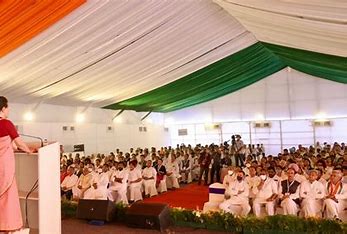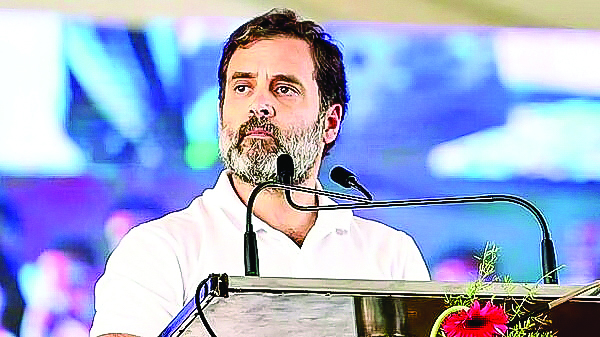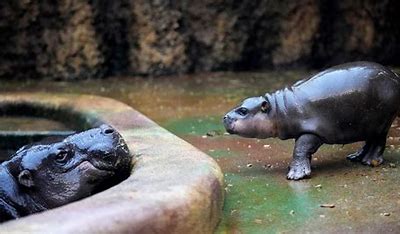
Given the ever-evolving nature of knowledge creation and curation, the long-term and broader societal expectations from that knowledge undergo continual mutations. Consequently, social, economic and cultural development of a nation are steered through varying means and modes of knowledge and technology transfer to the community at large. This transfer presupposes a deep-rooted culture of invention and innovation, which in turn comes with highly skilled personnel and a research fostering environment.
Higher the GERD (total Gross Domestic Expenditure of R&D) and the nation’s R&D talent and competence, higher the patent filings of the nation. If native manufacturers across sectors can make the most of research capabilities from value-added education institutes and enhance their R&D capabilities, the reach and quality of the products will go up and lead to more patents.
Sadly, the modern-day Indian education institutes generate a low level of research output. In sharp contrast, ancient India made significant contributions to various fields of science including Mathematics (decimal numeral system, concept of zero, seminal work in trigonometry), Astronomy (Vedanga Jyotisha, value of pi), Medicine (classification of diseases, Metallurgy (innovative metalworking techniques, Iron Pillar of Delhi, a testament to advanced metallurgical skills), Biology (Charaka Samhita’s deep probe into anatomy, physiology, and various diseases), Physics (Concept of atoms and the theory of atomism), Agriculture and Botany (advanced agricultural techniques, including crop rotation, irrigation systems, and the use of natural fertilizers, repository of medicinal plants)
These are just a few examples of the contributions made by ancient India to the field of science. The knowledge and discoveries of ancient Indian scholars laid the foundation for future scientific advancements in these fields.
Coming to the moot point, it is prudent to define scientific temperament before touching upon it. Scientific temperament is the foundation upon which societal progress and innovation thrives. It is imperative to foster a culture of scientific thinking and inquiry among the common man and youth. By empowering individuals with the tools to understand and appreciate scientific concepts, we can pave the way towards a more informed and rational society.
How should we go about it? Here is a potential muti-pronged pathway worthy of contemplation followed by implementation:
1. Strengthen Science Education:
One of the fundamental pillars of developing scientific temperament is to ensure a robust science education system. Governments and educational institutions should invest in improving the quality of science education at all levels. This includes updating curricula to align with modern scientific advancements, providing well-equipped laboratories, and promoting inquiry-based learning methods. By nurturing curiosity and critical thinking skills from an early age, individuals are more likely to develop a scientific mindset.
2. Promote Science Communication:
Efficient science communication plays a pivotal role in bridging the gap between scientific research and the common man. Scientists and researchers should actively engage in communicating their findings in a clear and accessible manner.
The use of jargon-free language, engaging visuals, and relatable examples can effectively disseminate scientific knowledge to a broader audience.
Encouraging scientists to participate in public lectures, science festivals, and media interactions can help establish a direct connection with the common man.
3. Encourage Citizen Science:
Citizen science initiatives enable individuals from all walks of life to participate in scientific research and contribute to knowledge creation. By involving the common man in data gathering, analysis, and interpretation, citizen science projects foster a sense of ownership and curiosity. Online platforms can be created to facilitate citizen science collaborations, allowing individuals to engage with scientists, share observations, and collectively address scientific challenges. Such initiatives empower the common man, making them active stakeholders in the scientific process.
4. Foster Critical Thinking:
Developing critical thinking skills is essential for nurturing scientific temperament. Education systems should emphasize logic, reasoning, and evidence-based decision-making. Encouraging individuals to question, analyze, and evaluate information before accepting it as truth fosters a healthy skepticism. Promoting media literacy and the ability to distinguish between reliable scientific sources and misinformation equips individuals with the tools necessary to make informed decisions.
5. Establish Science Popularization Programs:
Science popularization programs, such as science museums, science fairs, and science-themed television shows, serve as effective platforms to ignite curiosity and interest in scientific disciplines. These programs can provide interactive exhibits, hands-on experiments, and demonstrations to engage the common man. Collaboration between scientific institutions, government bodies, and non-profit organizations can bolster the availability and accessibility of such initiatives.
6. Integrate Science in Everyday Life:
To enhance scientific temperament, it is crucial to emphasize the practical relevance of science in everyday life. Promoting the understanding of scientific concepts in areas such as health, environment, technology, and agriculture can help individuals appreciate the impact of science on their lives. Encouraging the adoption of sustainable practices, promoting health literacy, and highlighting the benefits of technological advancements can enable the common man to see the value of scientific thinking.
India has produced numerous exceptional scientists, engineers, and innovators who have made significant advancements in their respective fields and have received recognition through other prestigious awards and honors. The impact of scientific research goes beyond individual awards, and it is essential to foster a supportive ecosystem that encourages scientific inquiry, collaboration, and innovation for the betterment of society.
To encourage R&D collaboration, the potential of research institutions and universities should be expanded through substantial investments in R&D. The industry should proactively collaborate with higher education institutions to improve the skills of the human resource to enhance innovations in their respective areas. With the inception of National Research Foundation (NRF), the efforts to mentor research in institutions and facilitate the collaboration of researchers, government and industries around the country will gain significant momentum.
Cultivating scientific temperament among common people is a crucial investment in the future of society. By strengthening science education, promoting science communication, encouraging citizen science, fostering critical thinking, establishing science popularization programs, and integrating science in everyday life, we can create a scientifically literate population capable of making informed decisions and contributing to the welfare and wellbeing of the society at large.
Dr Vishal Rao is Member-Consultative Group to Principal Scientific Advisor to PM-Govt of India; Member of Vision Group for Biotechnology-Govt of Karnataka; and Member of Covid Genomic Surveillance Committee-Govt of Karnataka.















